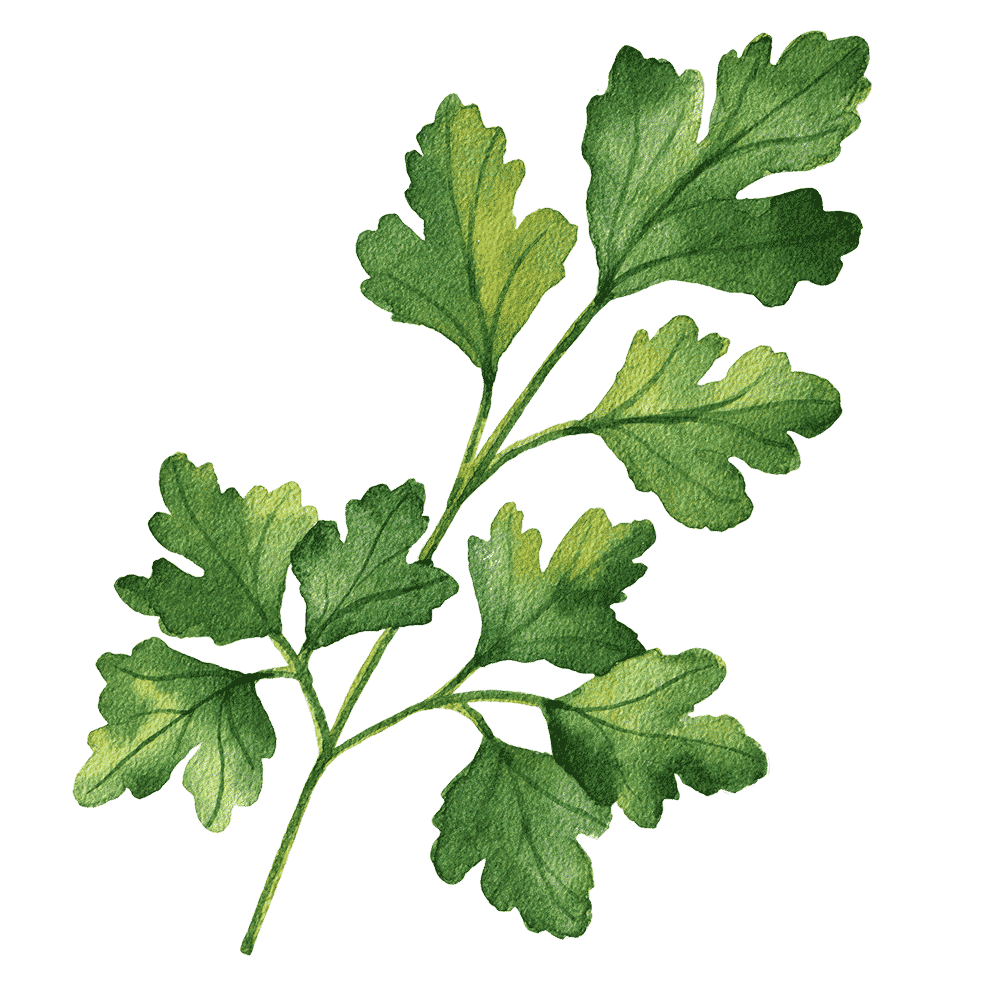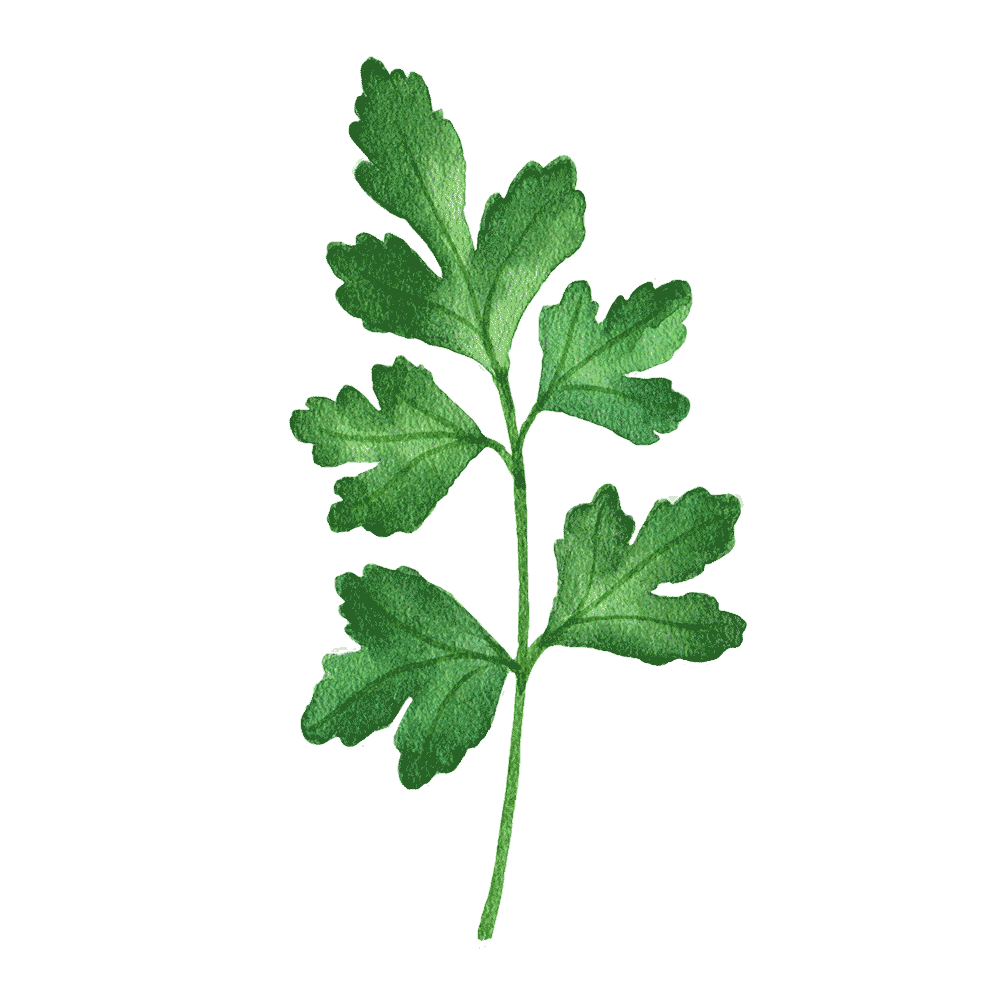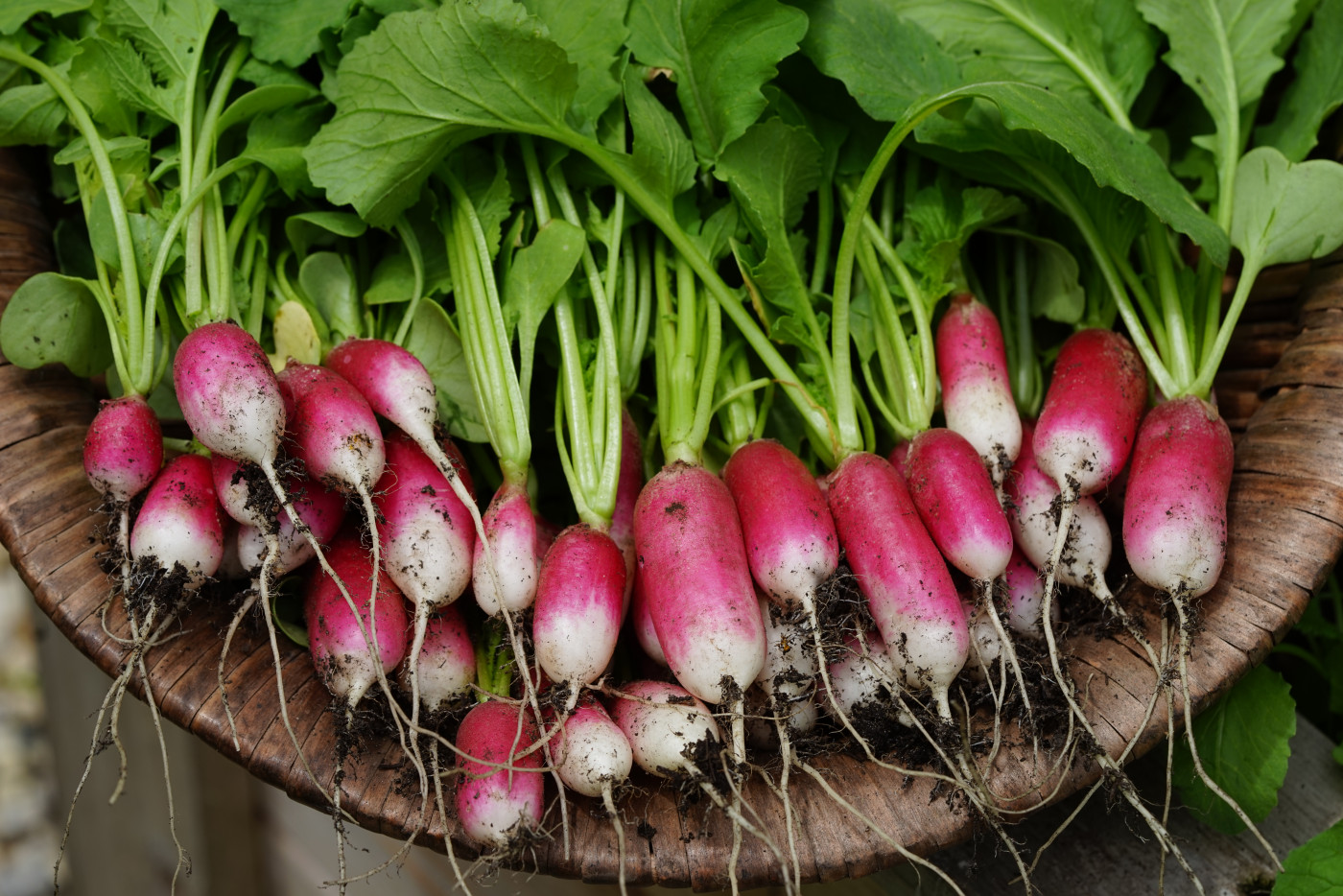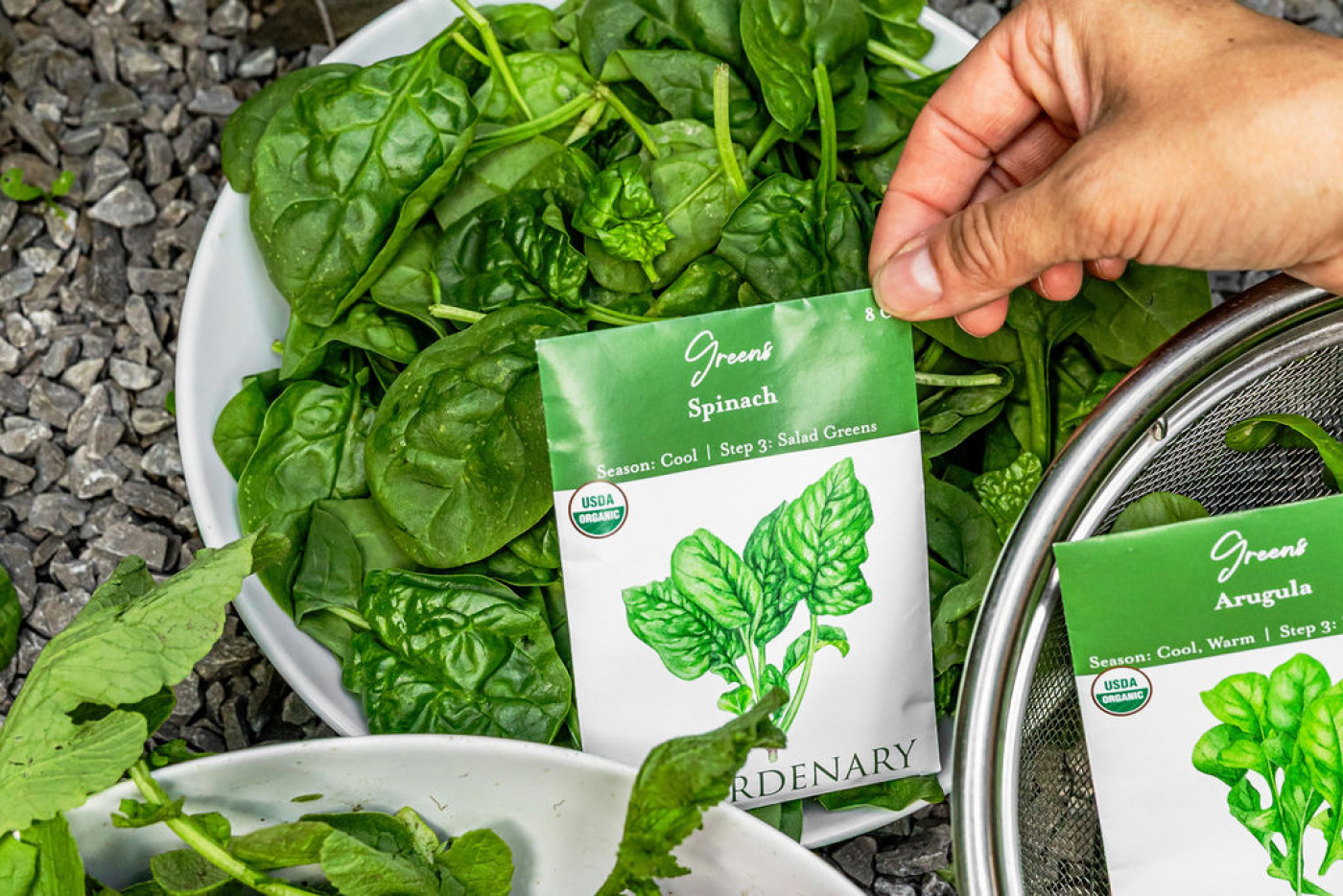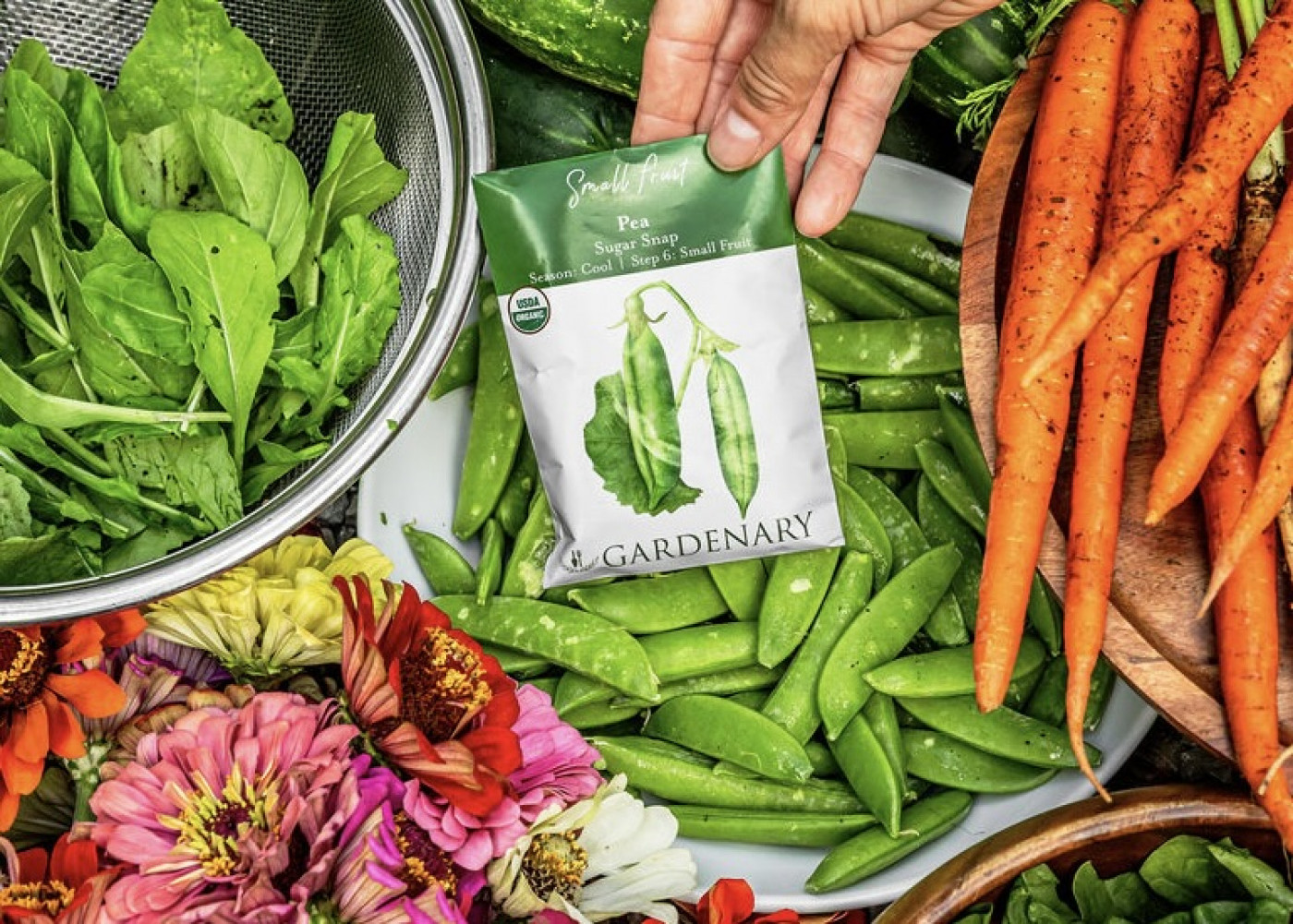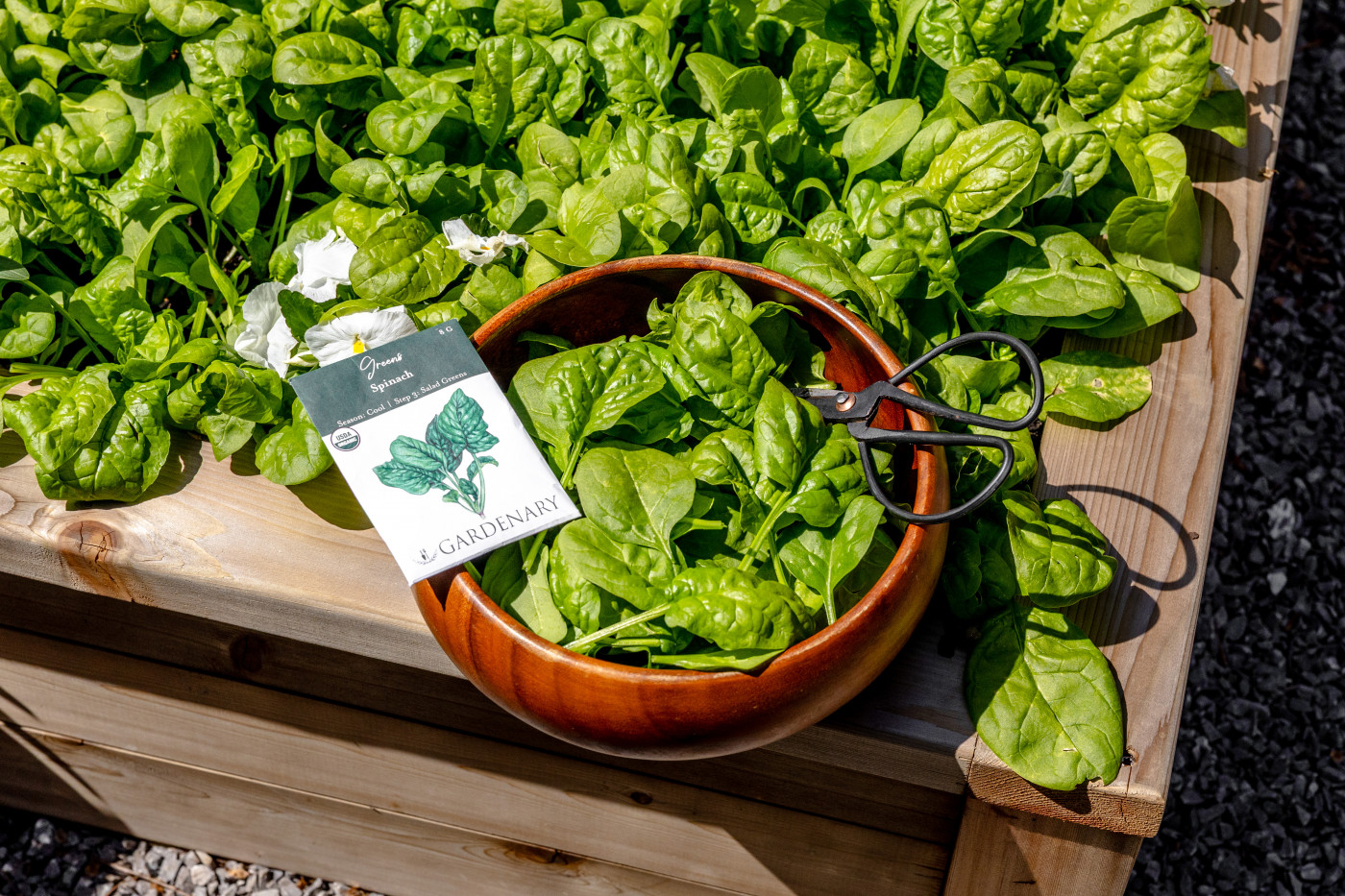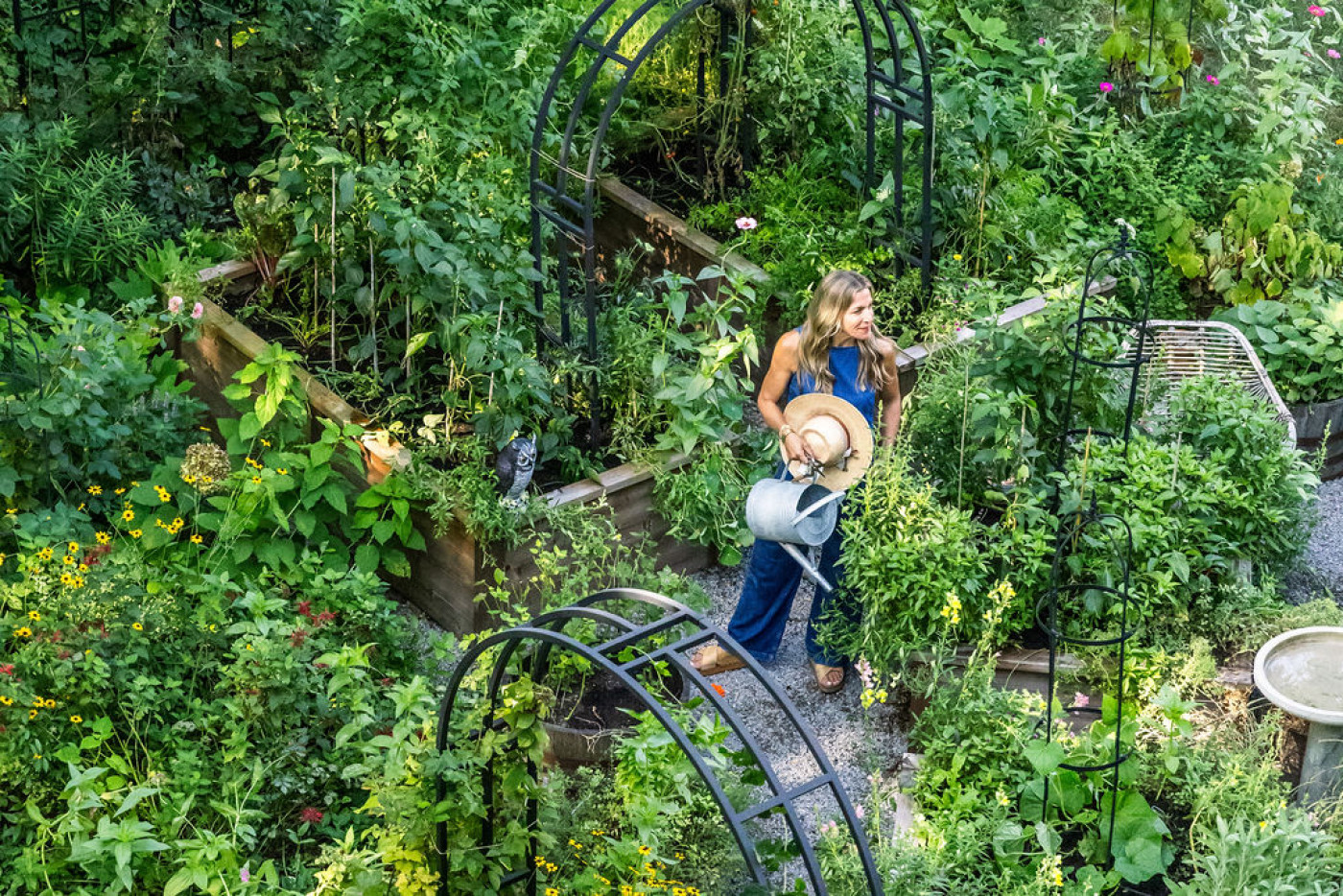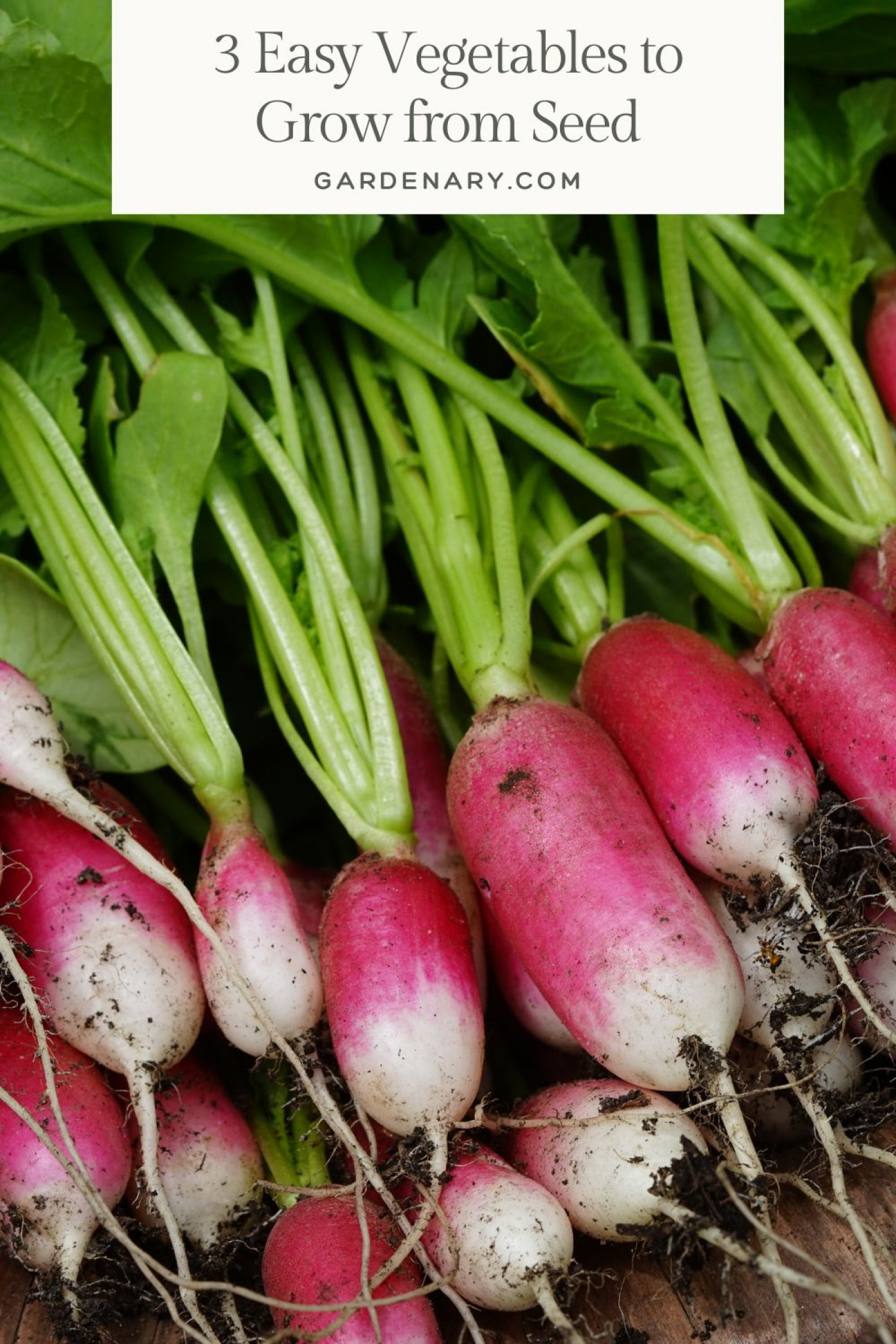My Top 3 Easy-to-Grow Vegetables
If you’ve ever dreamed of eating food you grew yourself, you don’t have to start big. A few seeds, some good soil, and a little patience are all it takes. Before you know it, you’ll be harvesting meals right outside your back door.
Whenever I plant seeds, I still get a little thrill when I see those first green sprouts push up through the soil. There’s nothing quite like watching your food grow in your own backyard.
I want to walk you through three of my favorite vegetables to grow when you’re just getting started: spinach, radishes, and peas. These three crops thrive in cool weather, they don’t need fancy equipment, and they reward you with a harvest in a short amount of time. Along the way, I’ll share not just the growing details, but also some of the personal lessons I’ve learned in my own garden.
At a Glance
- Learn how to grow 3 easy crops, spinach, radishes, and peas, from seed to harvest in one season.
- Discover organic gardening tips for watering, thinning, harvesting, and maximizing your space.
- See how easy it is to turn a small raised bed into a cool-season kitchen garden.
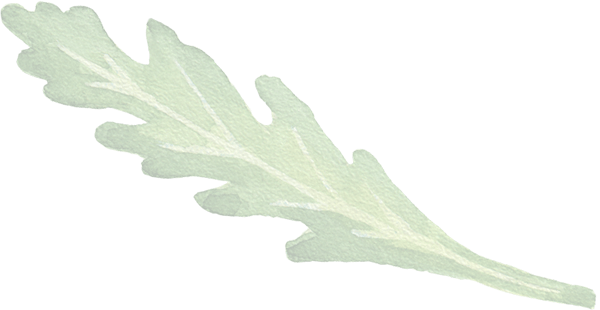

Learn the Easiest Way to Grow Your Own Food
The Easy Garden Kit makes growing your own food simple and stress-free. Everything you need for success is included: the top 10 easiest seeds to grow, a detailed video course, a raised bed setup guide, planting plans, a growing guide, and a delicious recipes book for when you harvest.
Why Start with Spinach, Radishes, and Peas?
There are a lot of reasons these three crops are my go-to easy veggies. First, they’re all cool-season plants, which means you can plant them at the start of spring or again in late summer for fall. Second, they grow quickly, so you don’t have to wait months to enjoy the fruits of your labor. And finally, each one teaches you something important about gardening:
- Spinach shows you how harvesting can actually encourage more growth in certain plants.
- Radishes teach you the importance of thinning and timing.
- Peas help you understand vertical gardening and the magic of flowers turning into food.
Most importantly, they all give you the confidence to see the whole process of seed to harvest in just one season.
Growing Spinach
The first time I grew spinach, I planted an entire bed, thinking I’d only get one bowl of salad out of it. But when the leaves filled in, I had more spinach than I knew what to do with! I was cutting leaves every few days, filling my kitchen counter with piles of fresh greens.
Spinach feels at home in cool weather, so the best time to plant is early spring or late summer. If you live in a warmer climate, you might even be able to grow it all winter long. I like to use my “sand method” for planting spinach seeds. Mix seeds and white sand together to help you visualize where they've landed. The sand is highly visible against the dark soil.
Organic Gardening Tips for Spinach
- Water consistently. Spinach seeds won’t germinate if they dry out. I make sure the soil stays evenly moist for the first 10 days.
- Harvest often. By day 30, the plants have four to six leaves, and you can begin harvesting. If you don’t cut the leaves, the plants will bolt faster in warming weather.
- Think freezer-friendly. Between days 45 and 60, harvest as much as you can. I love to sauté spinach, cool it down, and freeze it in small portions for soups and smoothies.
Spinach taught me that harvesting is not taking away from the plant; it’s encouraging it to keep producing. Every time I clip a leaf, the plant responds with more. Spinach is a big producer, which makes it even more rewarding to grow.
Growing Radishes
Radishes are the garden’s sprinters. In just 30 to 45 days, you can pull up a whole harvest of crisp, peppery roots. They’re the perfect plant for impatient gardeners (like me in my early days).
I remember planting radishes one spring with my kids. They loved checking every morning to see if the shoulders of the roots were peeking above the soil. When we finally pulled them, my kids couldn’t believe that those tiny seeds had turned into bright red radishes. They actually ate them, which was a miracle at the time!
Easter egg radishes are an entertaining variety for kids (and adults, too!) because the color of each radish is a surprise until you pull it from the ground. These pink, red, white, or purple radishes keep you guessing during harvest times.
The easiest radish variety of all might just be French breakfast radishes. They have a distinct cylindrical, two-toned appearance and a milder flavor. This is a good place to start if you're new to growing (or eating) radishes.
Tips for Growing Radishes Successfully
- Sow in cool weather. Early spring and late summer are best. In warm climates, radishes can grow all winter.
- Thin early. This is critical. Once the sprouts are up, thin them to about 2 inches apart. If you don’t, you’ll end up with tiny, misshapen roots.
- Harvest on time. By day 45, most radishes are ready. Don’t wait too long or they’ll get woody.
Using Every Part of the Radish
One of the best surprises with radishes is that you can eat the entire plant. The leaves make a zesty addition to pesto or salads, and the roots are perfect raw, roasted, or pickled. In my kitchen, nothing goes to waste.
Radishes taught me the value of timing in gardening. If you miss your window, you lose the crop. That’s true for a lot of things in life, isn’t it? Some things are dependent on good timing, so pay attention and seize opportunities when they arise. The seasons won't wait on anyone, and neither will life.
→Learn more about when to harvest radishes.
Growing Peas
There’s just something magical about watching little tendrils reach out and grab onto a trellis. It’s like the plants know exactly what to do.
I planted my first peas against a makeshift trellis made from old bamboo poles. I wasn’t sure it would work, but within weeks the vines had covered the entire structure. The white blossoms turned into pods seemingly overnight, and before long, I was out there with a basket, clipping handfuls of sugar snap peas.
Planting and Caring for Peas
- Sow directly in soil. Plant the seeds along a trellis, burying them about twice as deep as the seed’s width.
- Support the vines. Tie the young tendrils gently to the trellis to train them upward.
- Harvest carefully. Use pruners instead of pulling by hand. If you tug, you risk damaging the vine.
Eating More Than Just the Pods
Did you know you can eat the tendrils and flowers, too? They’re delicious tossed into salads or sautéed lightly with garlic. By day 90, the plants start to slow down, but I often leave a few pods to dry on the vine. That way, I’ve got seeds for next season.
Peas taught me to see the garden in three dimensions. When you grow upward, you maximize your space and create a garden that feels alive with movement and structure.
→Learn more about vertical gardening.
Cool Season Trio
One of my favorite things about these three crops is that you can grow them all in the same raised bed during the cool season. Spinach spreads across the soil, radishes fill in the gaps, and peas climb up the trellis. It’s like a little garden symphony, each plant doing its part.
This kind of intensive planting is at the heart of the Gardenary Way. You don’t need a huge yard or endless rows to grow your own food. A single raised bed can give you fresh greens, crunchy roots, and sweet peas all at once.
→Learn more about intensive planting.
Big Life Lessons from Little Plants
Of course, growing spinach, radishes, and peas isn’t just about food. Each one taught me a life lesson, too.
- Spinach showed me the power of harvesting regularly, a reminder to enjoy abundance with gratitude when it comes.
- Radishes reminded me to act in the right season and take opportunities. Timing matters in gardening and in life.
- Peas revealed how a little support can go a long way in helping you grow. Surround yourself with positive and caring people.
Being out in the garden gives me a little extra time to think. The underlying silence beneath the sounds of nature and birds is so peaceful. Having those moments is a reason to garden in itself. And the best part is, the lessons I learn out there stay with me long after I’ve come back inside. Each seed, each harvest, feels like practice for living a more grounded, grateful life.
Final Thoughts: Start Easy, Then Expand Later
If you’ve been hesitant to start a garden, let me encourage you: spinach, radishes, and peas are the perfect way to begin. You’ll learn how seeds sprout, how plants grow, and what harvesting feels like. You’ll make mistakes, sure — I certainly have. But you’ll also taste the freshest food of your life, straight from your garden. Keep in mind that every new skill needs a starting point. Starting easy and simple will give you the best odds at success.
Once you’ve seen a seed become a harvest, you’ll never look at food the same way again. You’ll realize that your backyard, your balcony, even a little side yard, can be the most rewarding place in your world. So grab a pack of seeds, some compost, and a watering can. Plant spinach, radishes, and peas, and take those first steps into creating your own easy garden.
Click the image below to save this article for later!
